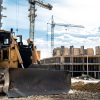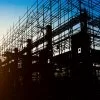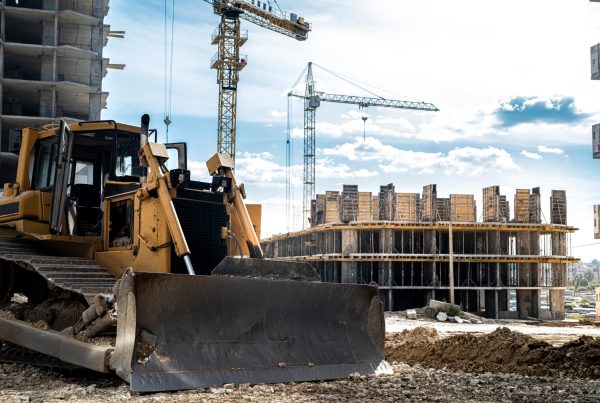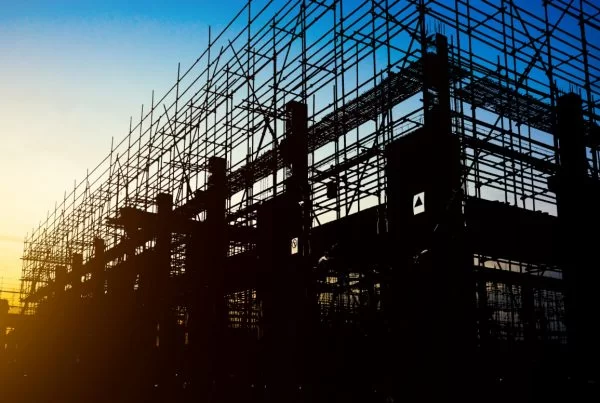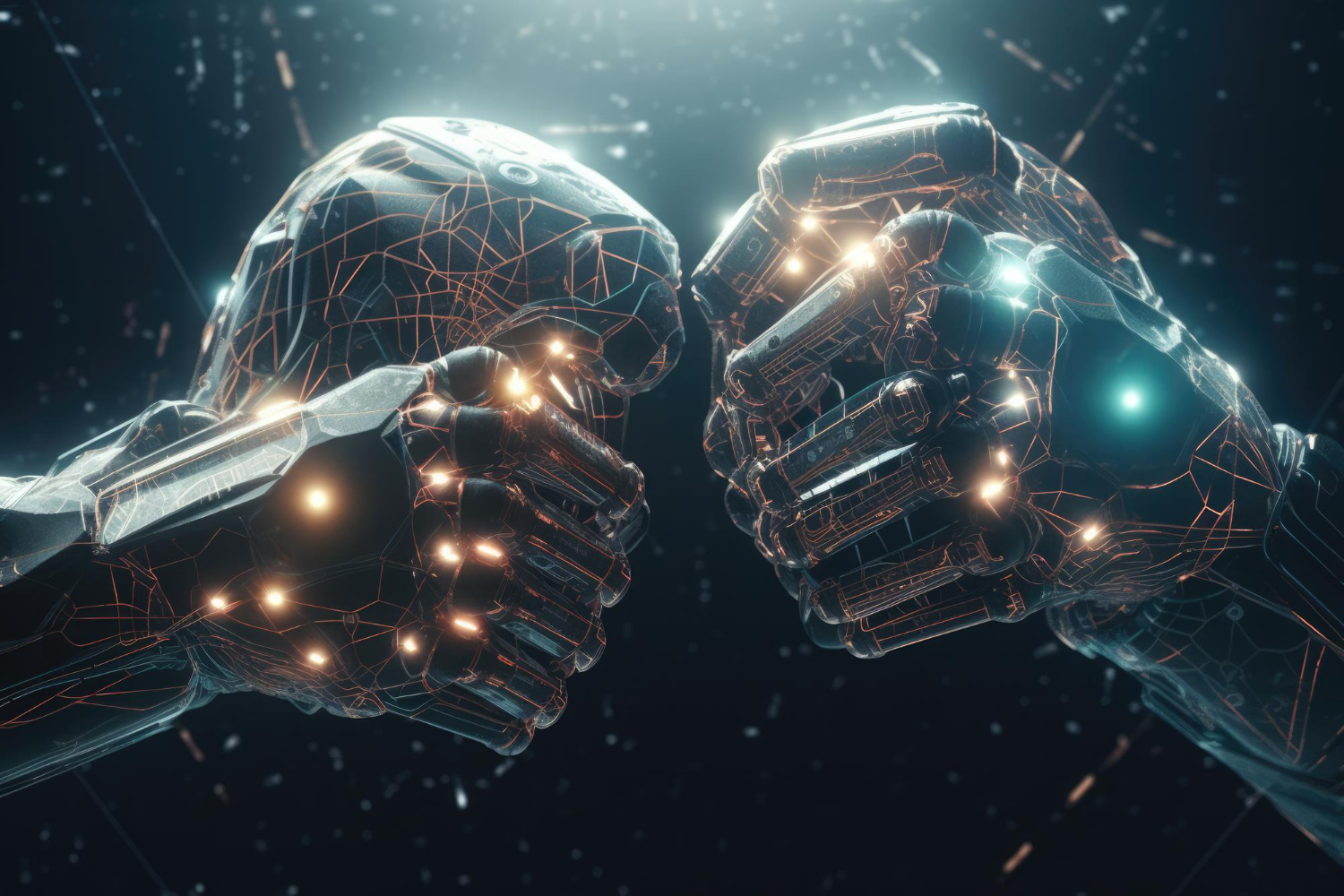
The construction industry is known for resisting new technologies, unlike sectors such as finance and healthcare, which rapidly embrace digital transformations. This reluctance has contributed to a decades-long productivity decline, making the industry ripe for disruption. One of the most anticipated disruptors is Artificial Intelligence (AI), which promises to transform everything from design and planning to project management and even robotic construction crews.
Despite the evident advantages, integrating AI into construction is challenging. The central question arises: Who holds legal responsibility for these uncertainties? The potential for increased efficiency, productivity, and safety is significant, but the path forward involves navigating a landscape of complex legal and operational hurdles.
AI technologies are set to revolutionise construction through innovations like predictive maintenance systems, safety monitoring, and design optimisation. Predictive maintenance systems analyse sensor data from equipment to anticipate and prevent breakdowns, thus minimising downtime and costly repairs.
Safety monitoring systems use computer vision to detect hazards in real-time, such as equipment malfunctions and unauthorised personnel in restricted areas, enhancing site safety.
Additionally, AI-driven design optimisation can create structurally sound structures, minimise material waste, and maximise energy efficiency. These advancements are not merely theoretical; large construction firms already implement AI-powered tools to streamline operations and improve outcomes.
The construction industry’s slow adoption of technology can partly be attributed to its predictability in allocating responsibility among owners, contractors, and subcontractors. However, integrating AI disrupts this predictability, raising questions about liability when AI systems fail or cause harm. For example, determining liability — whether it falls on the architect, the software developer, or the contractor — becomes complex if an AI-designed building collapses.
Subcontractors must navigate this uncertain legal landscape by understanding how AI will be used on projects and advocating for clear contractual clauses defining roles and responsibilities. This includes ensuring they are not liable for AI defects if they implement AI tools provided by an upstream party. Additionally, indemnification clauses should protect subcontractors from liabilities arising from AI, provided they have no responsibility for its implementation.


